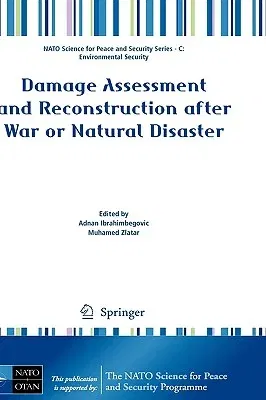Damage Assessment and Reconstruction After War or Natural Disaster (2009)Paperback - 2009, 14 May 2009

Qty
1
Turbo
Ships in 2 - 3 days
In Stock
Free Delivery
Cash on Delivery
15 Days
Free Returns
Secure Checkout
Part of Series
NATO Science for Peace and Security Series C: Environmental
Part of Series
NATO Science for Peace and Security Series C: Environmental Security (Paperback)
Print Length
394 pages
Language
English
Publisher
Springer
Date Published
14 May 2009
ISBN-10
9048123844
ISBN-13
9789048123841
Description
Product Details
Book Edition:
2009
Book Format:
Paperback
Country of Origin:
NL
Date Published:
14 May 2009
Dimensions:
23.39 x
15.6 x
2.11 cm
Genre:
Ecology
ISBN-10:
9048123844
ISBN-13:
9789048123841
Language:
English
Location:
Dordrecht
Pages:
394
Publisher:
Series:
Weight:
562.45 gm

